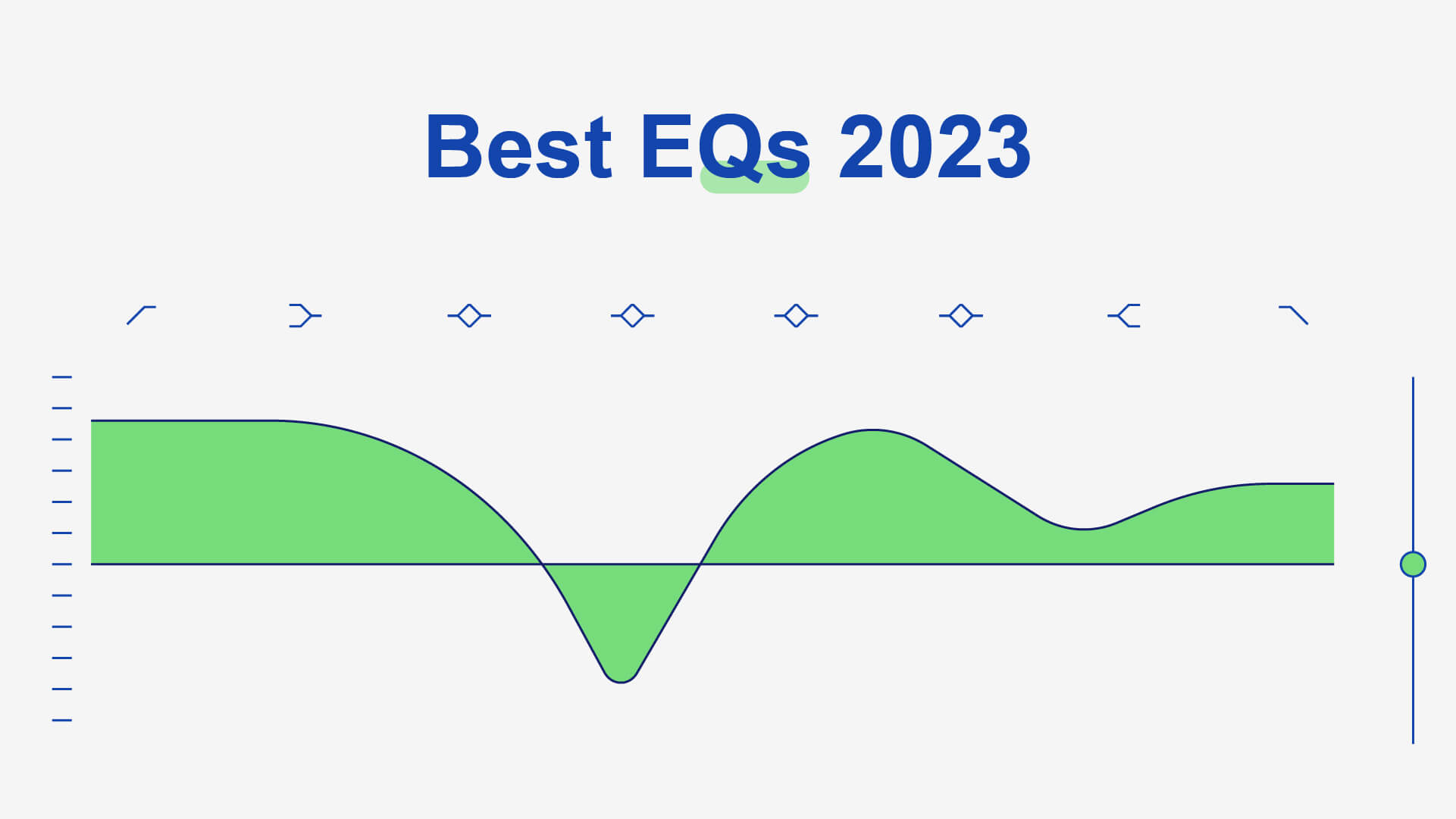Best EQ plugins for music production 2024: our top picks for mixing, mastering and sound design
EQ plugins are the most essential tool in a producers aresnal. They’re both a creative and utilitarian tool used in sound design, mixing and mastering, and they’re pivitol tools that can mean the differnce between a polished or muddy song.
There are a lot of EQ plugins to choose from, and various types of EQs provide different functionality. Parametric EQs are the most popular with most DAWs providing a stock parametric EQ, and their surgical user interfaces allow you to make detailed changes to your audio.
Nevertheless, what you may need from an EQ could look different to the next person. And you may need different EQs for individual tasks, from sound design to mastering. Furthermore, two artists with differing tastes will probably use the same EQ differently.
Whether you’re mixing, recording, designing sounds, mastering; or performing any other sonic duty, you want the best EQ plugin for your needs.
- FabFilter Pro-Q 3
- Minimal Audio Morph EQ
- Brainworx Amek EQ 200
- Mastering the Mix Mixroom
- iZotope Ozone 10 EQ
- Waves F6 Dynamic EQ
- Sonible smart:EQ 3
- Oeksound Soothe2
- SoundRadix SurferEQ 2
- Soundtoys Sie-Q
1. FabFilter Pro-Q 3 ($179.99) – best parametric EQ plugin
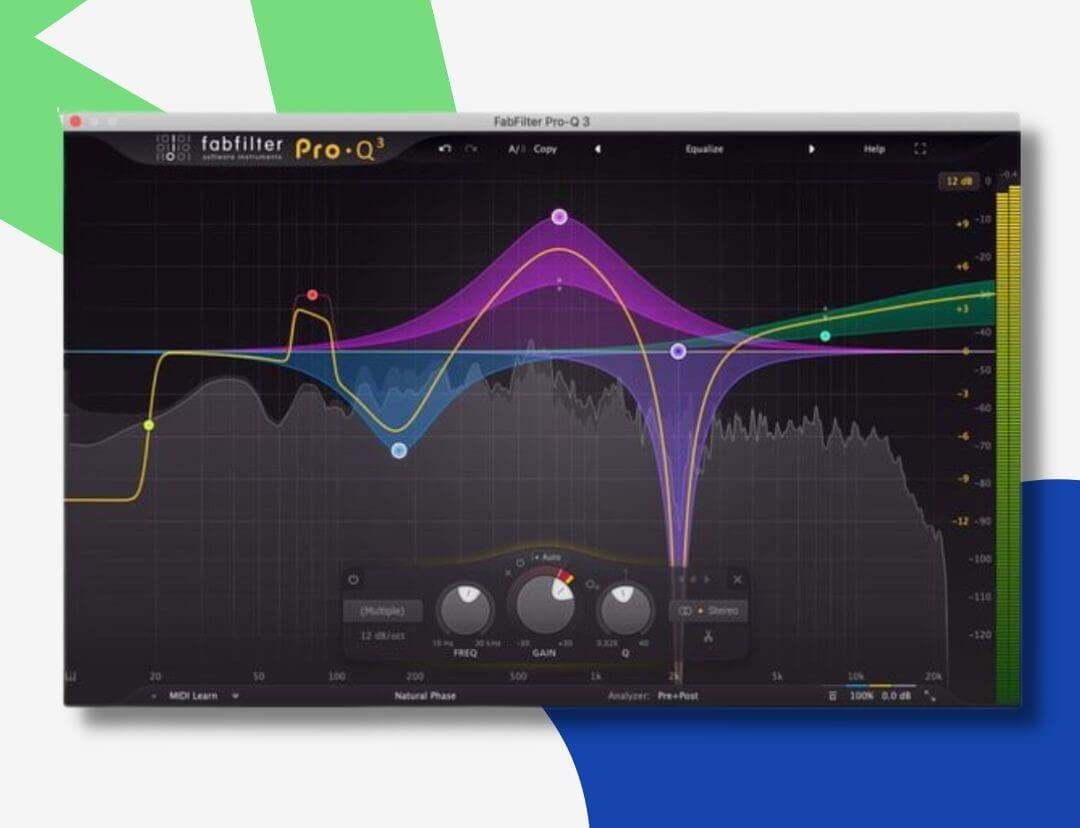
The first on our list of EQ VSTs is Pro-Q by FabFilter. Almost anything FabFilter creates in its labs is always a golden product, and its Pro-Q EQ plugin takes the top spot for many reasons. Firstly, Pro-Q offers a beautiful Retina display and it supports full surround sound up to Dolby Atmos 7.1.2.
Pro-Q also allows you to create up to 24 frequency bands, and each band has a Dynamic mode while the EQ itself is parametric. Creating a band is as easy as clicking on the frequency display, and you can edit each band with dedicated parameters.
The bands in FabFilter’s EQ each offer mid/side or left/right processing. Meanwhile, the EQ offers a number of filter types such as Bell, Notch, High/Low Shelf, High/Low Cut, Band Pass, Tilt Shelf, and Flat Tilt.
Furthermore, the plugins offer a spectrum analyzer with Pre-EQ, Post-EQ and external spectrum visualization with a number of settings that you can adjust to account for your workflow. Pro-Q also offers an EQ Match feature which matches the spectrum of another Pro-Q 3 instance or an external signal.
Additional features not to be slept on include an optional piano roll display that quantizes EQ frequencies to musical notes, Auto Gain and Gain Scale.
2. Minimal Audio Morph EQ ($49) – best for sound design
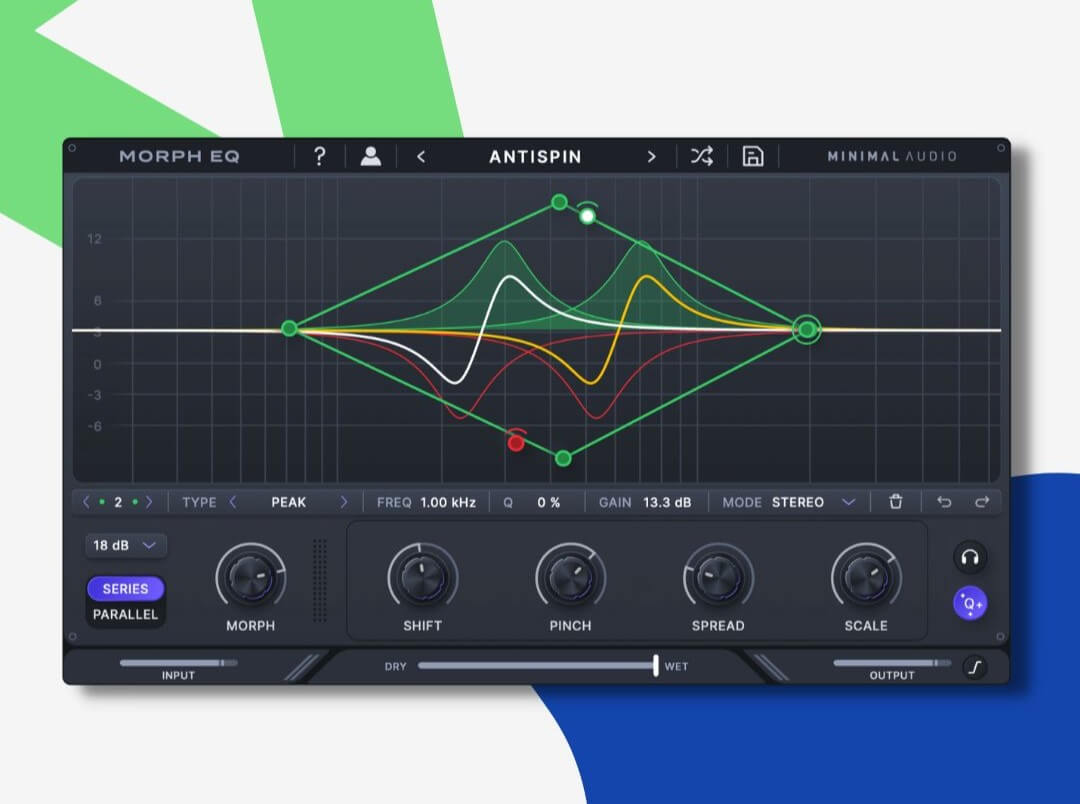
Morph EQ takes a different approach to EQ compared to many EQs that came before. As an electronic producer & ardent sound designer, I love what this EQ plugin can do. As the name alludes, Morph EQ is designed to create animated filter movements and custom filter paths quickly with different parameters to control modulation settings… all while avoiding automation lanes.
Morph EQ offers 7 stereo filter types that you can morph between while integrated macro controls provide knobs that convert any EQ shape into a custom filter. Flexible routing allows you to use stereo, single-channel, and mid-side filter routing while its neat filter gain scaling feature allows you to boost, reduce, or invert any EQ shape to get the right effect in your sound design. The plugin even offers analog-inspired resonance with an adaptive Q that modifies resonances and creates a rich sound.
3. Brainworx Amek EQ 200 ($399) – best analog-style EQ plugin
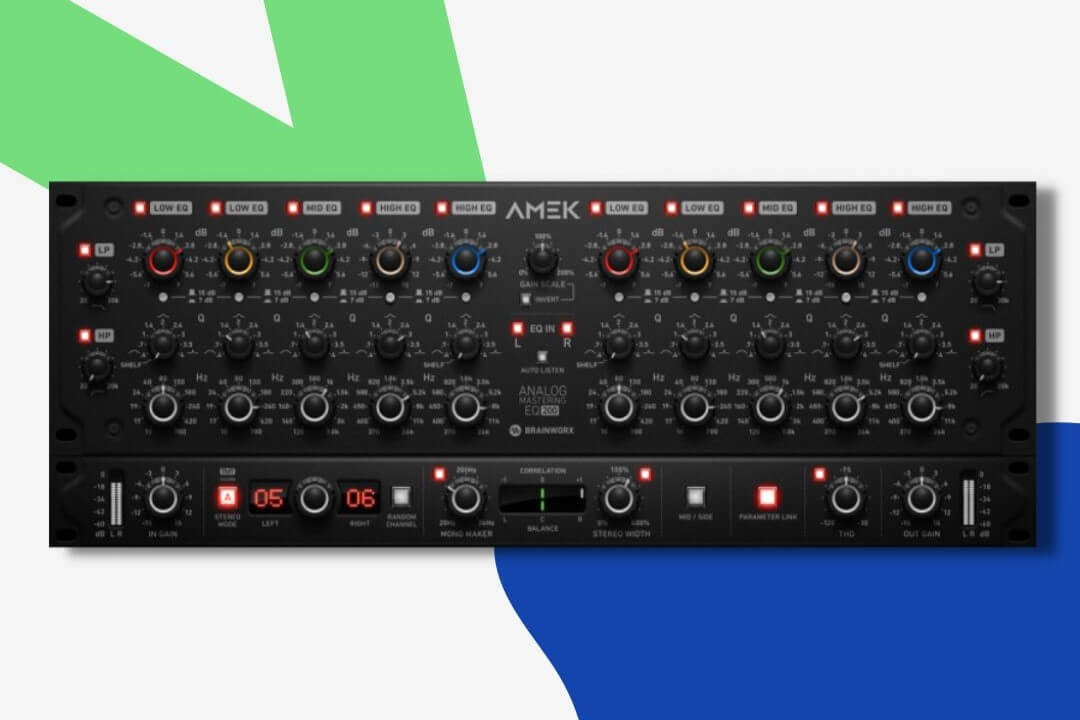
The Amek EQ 200 is based on some of the original parametric EQs like the GML 8200 and vintage SONTEC EQs. However, Brainworx has included a number of new features in this EQ plugin while enhancing the original design.
The Amek EQ 200 is a 7-band EQ with 5 parametric bands and two filters – high & low pass. Further, the five wide parametric bands offer up to 15dB of cut & boost, and you can process the channels in Stereo, Dual-Mono, Mono, and M/S modes too. You can also set the lowest and highest bands to shelving modes.
In fact, Brainworx used its patented Tolerance Modeling Technology (TMT) which simulates channel-to-channel variances in electronic components. As a result, the Amek 200 EQ offers a realistic analog sound possible in plugin form.
Perhaps one of Amek 200’s selling points best is its Mono-Maker feature. Enabled, this feature will sum all of your low-frequency audio to mono, giving you a punchy bass response.
4. Mastering the Mix Mixroom ($63) – best for mixing
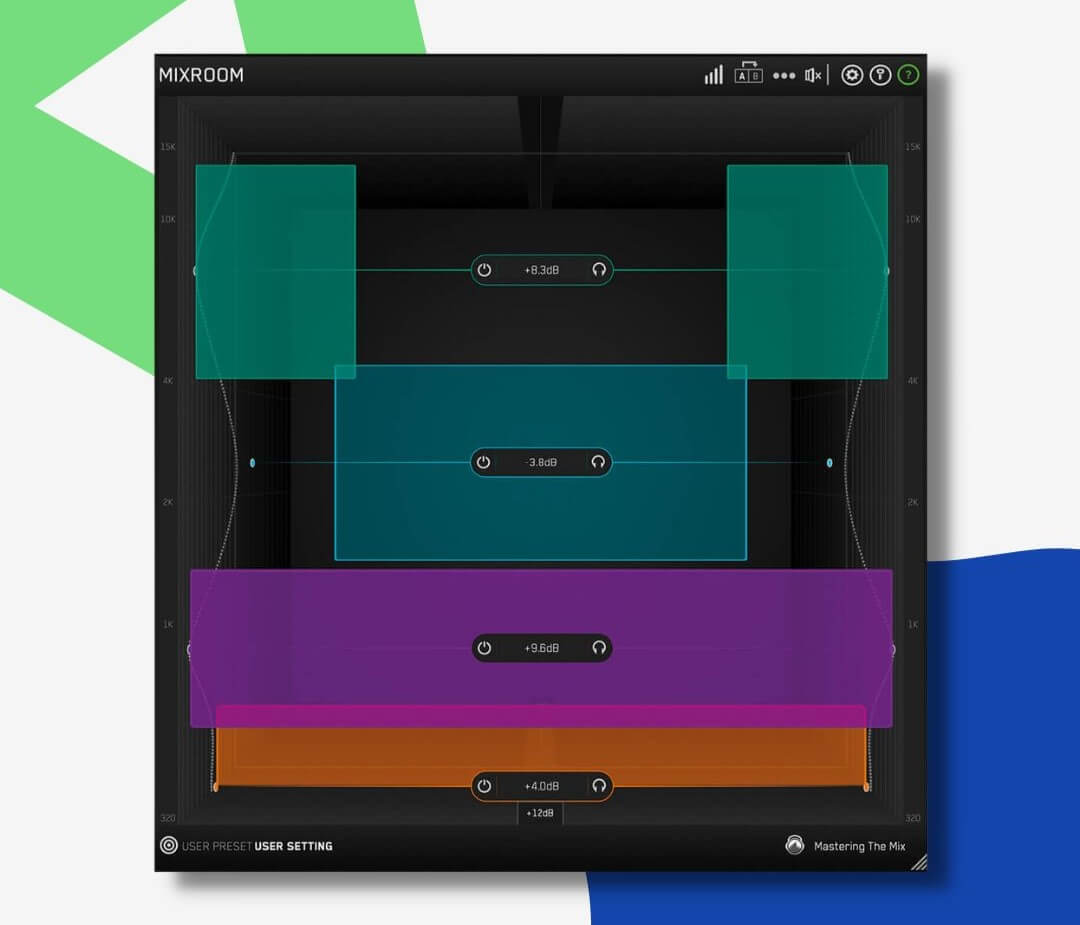
Mixroom is an EQ that stands out from the crowd more than others in my list of best EQs, and the image above should demonstrate why. This is an intelligent EQ designed to help you balance richness and clarity no matter what signal you’re working with or mastering your music.
In practice, Mixroom analyses your audio and picks out frequencies that it thinks you could adjust to get a better sound. Though you don’t need to act on any of its suggestions, the plugin ultimately gives you tips on where to start and where to go. Whether you need to balance out your vocals, make your drums snap a little more, or bring a melody line closer or push it farther away, Mixroom’s algorithm is designed to help you make these informed decisions.
Moreover, the plugin lets you create your own target values. As a result, you can get your project sounding closer to a reference track, and all you need do is click the target icon in the bottom left corner of the EQ and import a reference track.
5. iZotope Ozone 10 EQ ($249) – best EQ for mastering
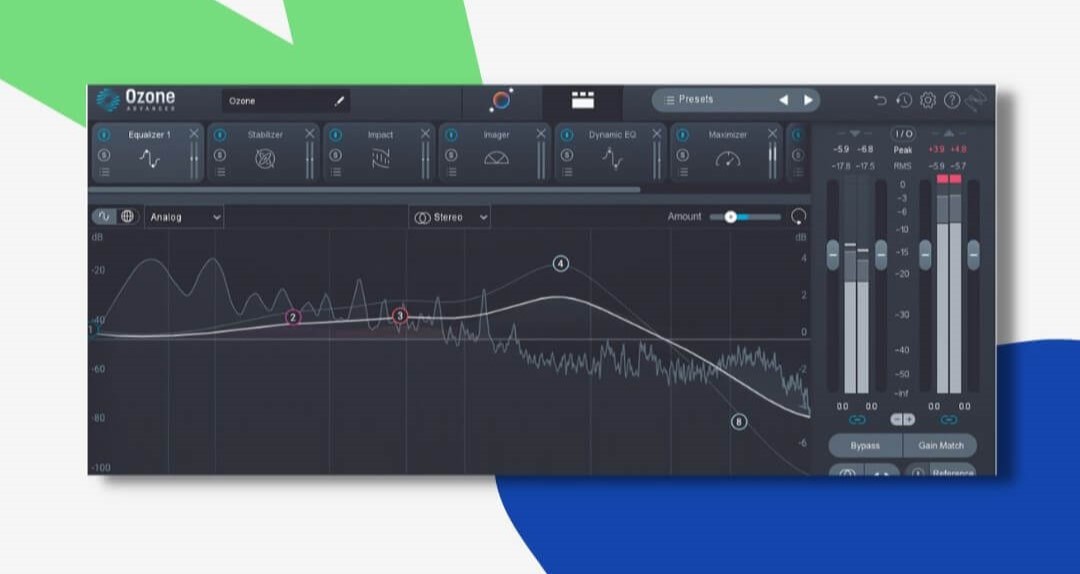
Ozone is iZotope’s signature mastering suite, designed to help you master your music faster and more efficiently with the use of AI. The software suite actually gives you two EQs where each has eight bands of adjustable filters with a number of filter shapes. While building your mastering chain, you can use one EQ to make corrections and shape your signal before using a Post-EQ later on.
Ozone’s EQ modules give you a choice of digital and analog filter shapes all designed with mastering in mind. From Baxandall bass and treble, API-inspired Proportional Q, Band Shelf, and resonant High and Low Shelf shapes, there’s plenty to work with to get your track where it needs to be. And you can take advantage of mid/side processing while adjusting the finer details of your sound with precise, onboard metering.
6. Waves F6 Dynamic EQ ($35.99) – best dynamic EQ
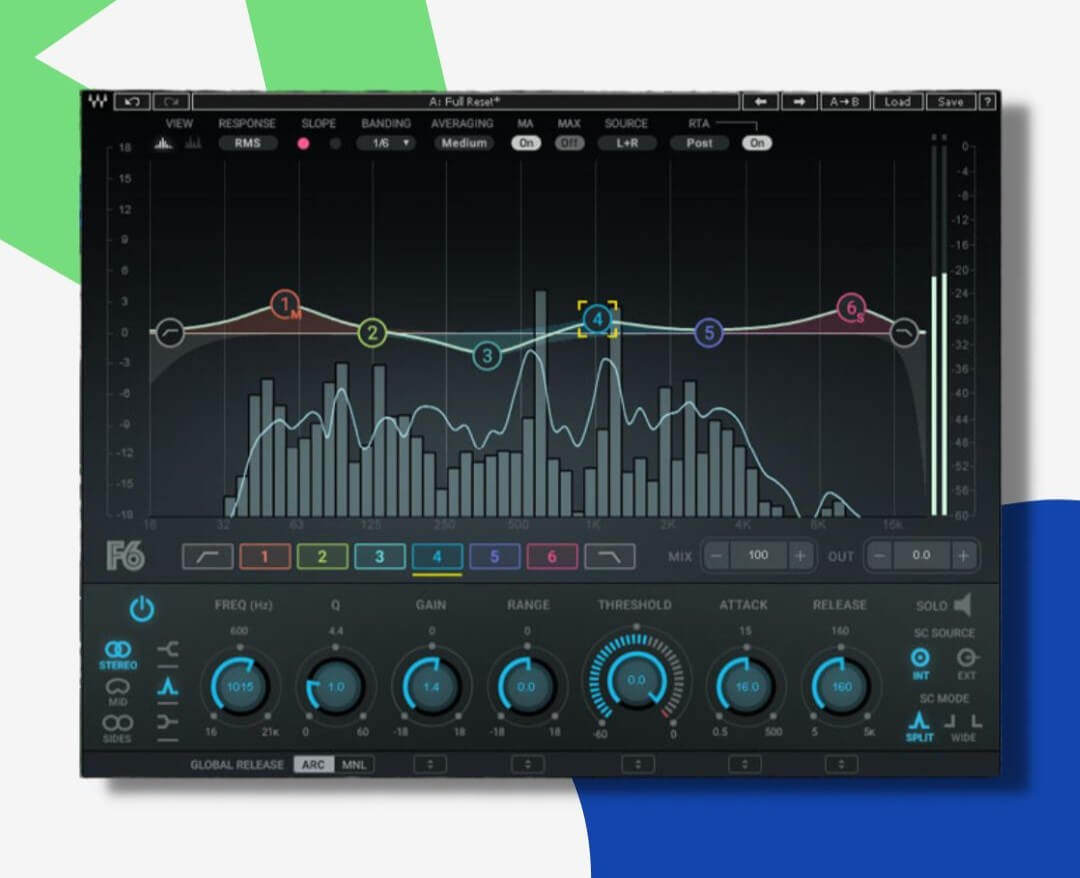
The Waves F6 Dynamic EQ is a real beast of a plugin and it was a game-changer when I first started using it. It brings compressor controls such as ratio, threshold, attack & release to its parametric EQ bands, earning it the name of a dynamic EQ plugin. Therefore, you can tell each band to increase or decrease in level based on the dynamics of the input signal and these compressor settings!
A singer’s tone can vary throughout a performance. An EQ setting that works well when the singer is close to the mic and singing softly will not be as effective when the singer backs up and starts belting. F6 moves in time with the singer, kicking in when the vocal level crosses a certain threshold that you’ve set—and laying off when it falls below that threshold.
Waves
In other words, the F6 EQ allows you to apply dynamics individually to each of its 6 parametric bands. And, if I may add, I think it’s the best Waves EQ plugin for vocals. You can compress or expand each band separately from one another based on the settings and signal levels in each frequency band. Meanwhile, a high & low pass filter with 6 to 24 dB/octave slopes are available for tidying up muddiness or high-end harshness while each band offers peak, high or low-shelf responses too.
In addition, F6 offers internal & external sidechain functionality with two response modes, and the plugin also offers both Stereo and Mid/Side signal processing, as well as a wet/dry control for parallel compression.
7. Sonible smart:EQ 3 ($87.99)- best AI-powered EQ
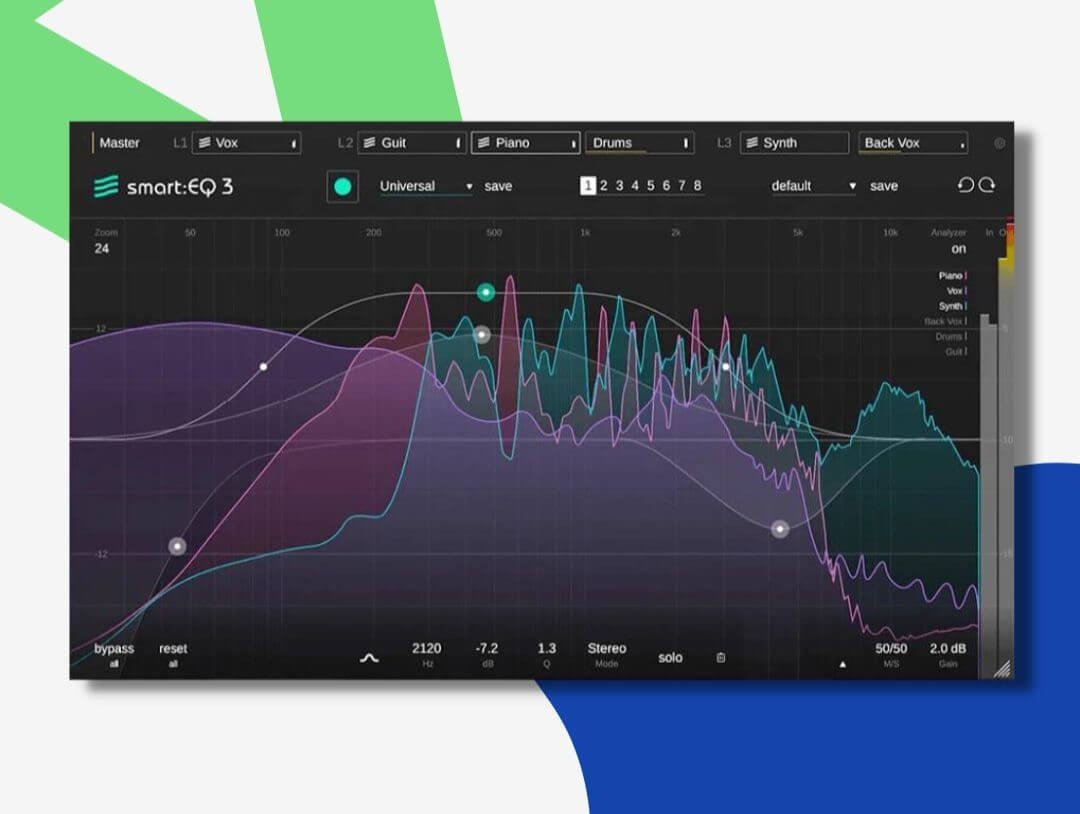
smart:EQ 3 is the latest iteration of this AI-powered plugin, designed to help you balance your sound as easily as possible. In practice, the plugin uses cross-channel processing to create a transparent arrangement of up to six channels where each track plays the role you want.
While activated, smart:EQ analyses the audio content of each channel you add to a group and the algorithm will ensure that each track gets a specific space in the mix after you input the sonic hierarchy. Moreover, the EQ offers controls that make it easy to adjust how much impact the plugin has on your audio.
For example, you can select the frequency ranges you want to affect in the EQ view and adjust their shape with the green weighting curve while the plugin allows you to determine the duration of the AI’s learning process too. Then you can control the impact that the intelligent cross-channel processing has on your tracks in group view.
8. Oeksound Soothe2 ($218.99) – best EQ plugin for vocals
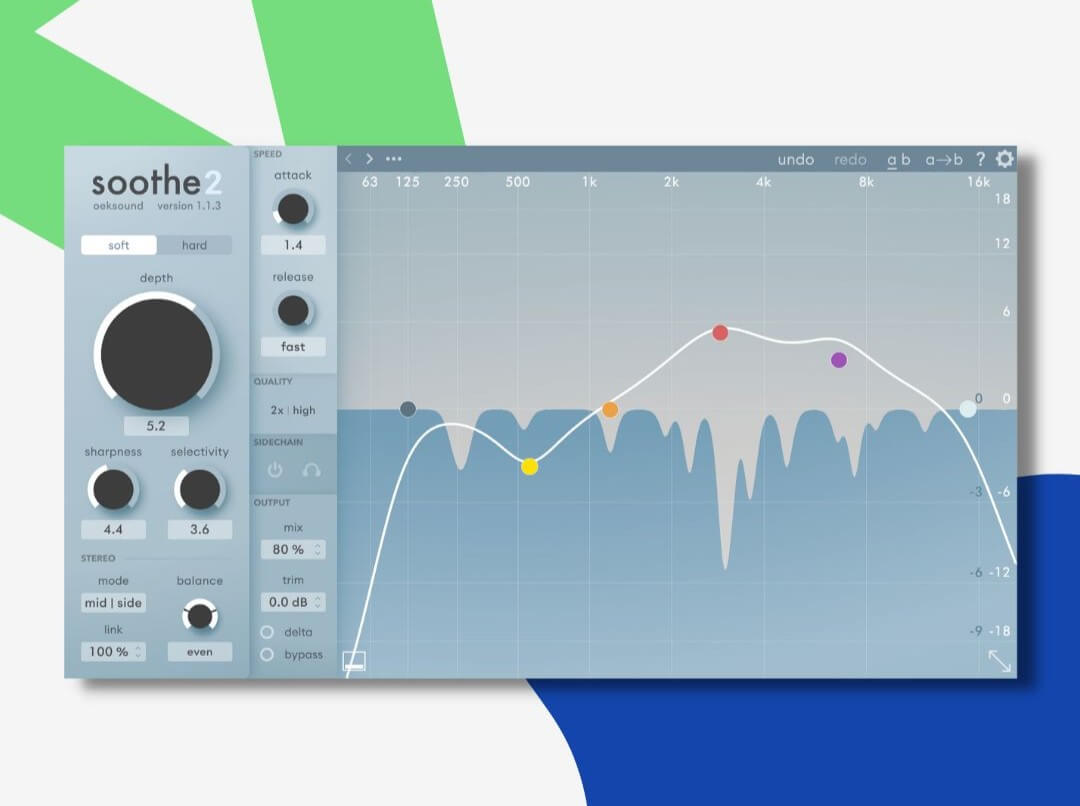
Soothe 2 is an EQ on a mission: smoothen out any harshness in your audio. This EQ is designed to eradicate any harshness of your signals, including sibilance in vocals.
The algorithm in Soothe analyses your audio and addresses any uneven tonal balances in the signal, aiming to turn the audio into a professional-sounding track with no muddiness or boominess. Consequently, you have a smoother sound without having to filter out any frequencies by hand.
Furthermore, the reduction will only trigger as and when needed and it won’t affect neighbouring frequencies. The plugin actively works to preserve the timbre of your sound source and treat any signal transparently. Soothe2 gives you a number of processing options too, including mid/side and left/right for both individual frequency bands or the entire spectrum.
Meanwhile, the plugin offers an external sidechain and flexible settings. Its intuitive workflow means you can insert Soothe2 onto individual tracks and grouped channels while it also proves itself to be a versatile tool for deep sound design sessions and post-production and mastering needs.
9. SoundRadix SurferEQ 2 ($199) – best EQ for bass design
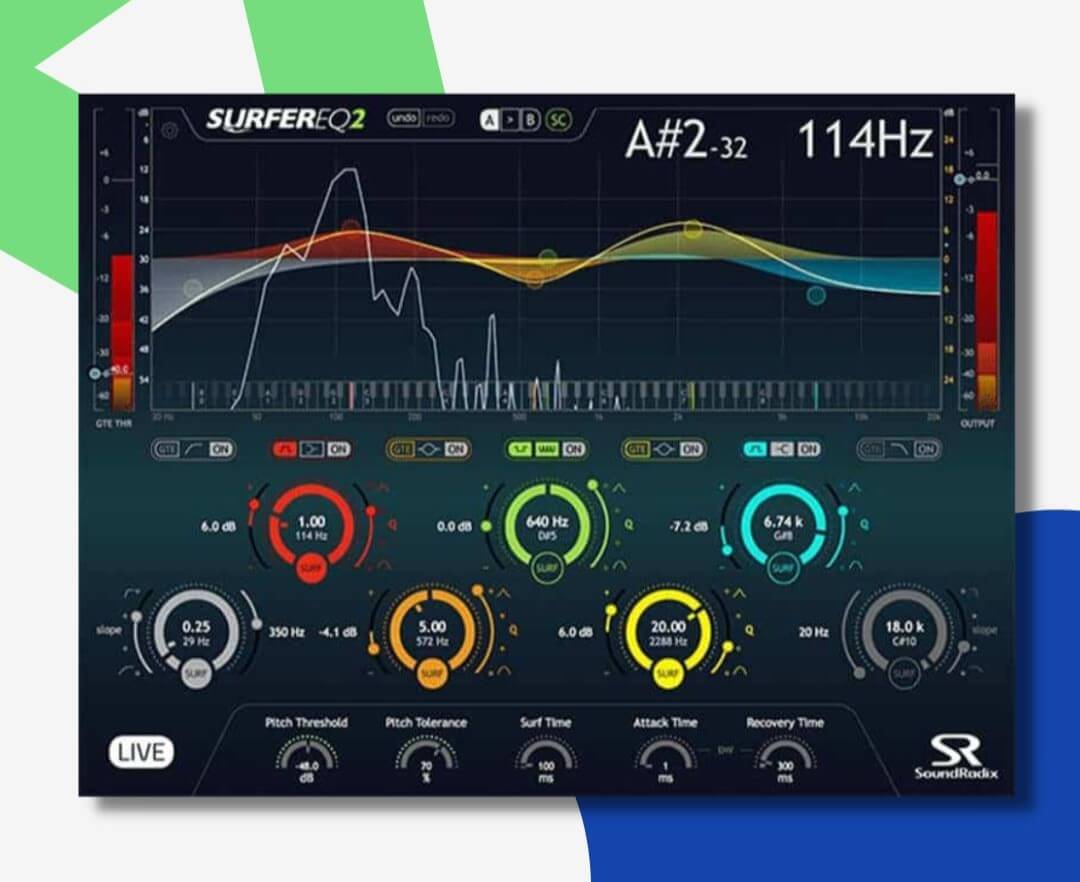
In a similar vein to Soothe2, SurferEQ 2 analyses a signal and adjusts its frequency bands to balance out harmonics. However, SurferEQ is designed to treat monophonic & vocal signals but works to help you shape the timbre of the signal based on the notes present.
In practice, the plugin tracks the pitch of a signal and adjusts its bands accordingly. SurferEQ 2 works to maintain the size of the signal and preserve any transient information, and the EQ offers analog-inspired asymmetric filters that the developer has designed to sound natural above all else.
In addition, SurferEQ offers a Harmonic Filter designed to help you control the harmonic series of an instrument with just one EQ band. This EQ offers an EQ Instrument mode whereby you can control the pitch of SurferEQ with MIDI notes and play the EQ bands using a keyboard. This ultimately turns SurferEQ into a timbre-shaping musical instrument, and you can also make extensive use of its sidechain input for external pitch detection.
10. Soundtoys Sie-Q ($99)
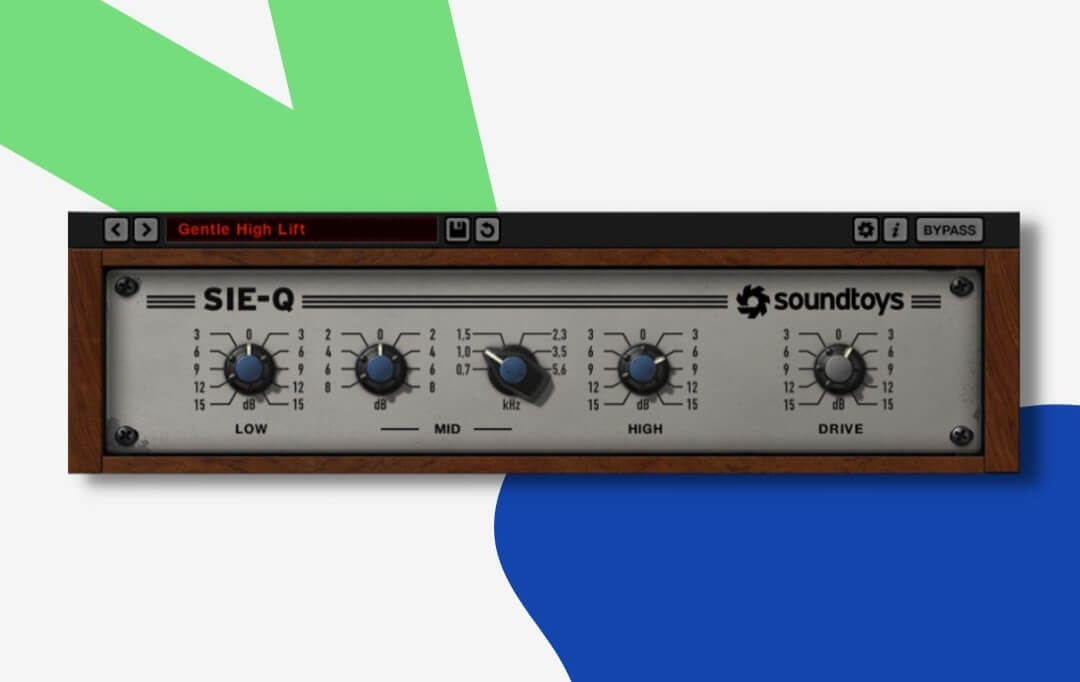
Based on the Siemens W295b, the Sie-Q offers crustal clean highs just like the original unit. The Sie-Q is designed to add space and air to a channel. Consequently, the plugin is great for adding openness and removing overly digital characteristics from a signal.
The original W295b EQ was actually designed for broadcast and so its frequencies and curves were chosen to ensure signals sounded good no matter what. Now, Soundtoys has translated this design into plugin form for mixing music, whether a full mix or a group of channels, vocals, guitars, drums, and so on, this EQ helps you find the sweetness without the hassle.
In other words, Sie-Q is an EQ that’s hard to make sound bad.
Final thoughts
That’s a wrap! After reading this, you’ve definitely noticed the contrast between the prices of EQs. This list of best EQ VSTs is made to accommodate a range of needs and budgets, and I know there’s something for you here.
Although it can seem like there’s a new EQ plugin on the market every day, all you need is one or two EQs that you love to work with. Not only will this make your workflow more seamless, but it’ll also develop your sound faster. In other words, if you’re using the same plugins that you know and trust in each of your projects, you’ll inevitably build a workflow that produces a particular sound.
In any case, if you’re not looking to spend on an EQ then stay tuned for our best free EQ plugins article. If you did find an EQ for you in this list, don’t forget to let us know which of these EQs you’re choosing in the comments!
